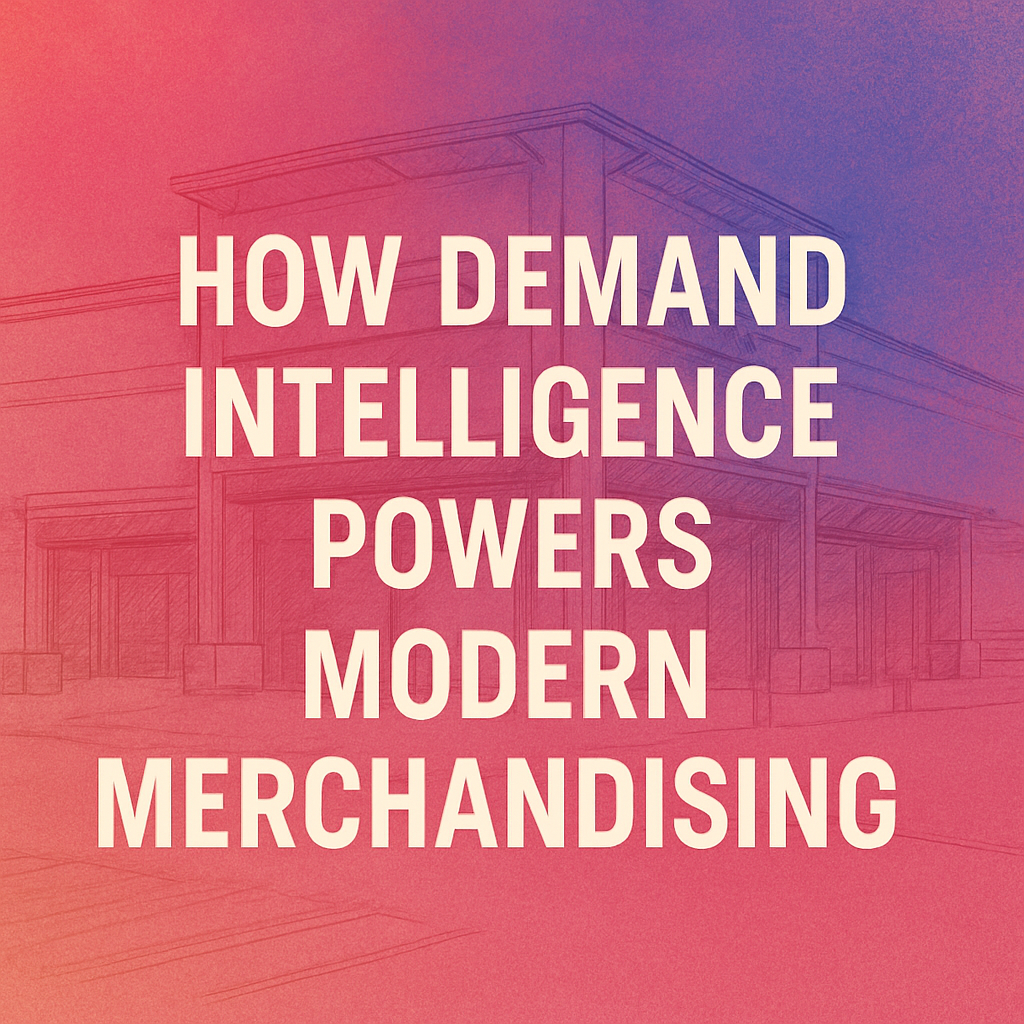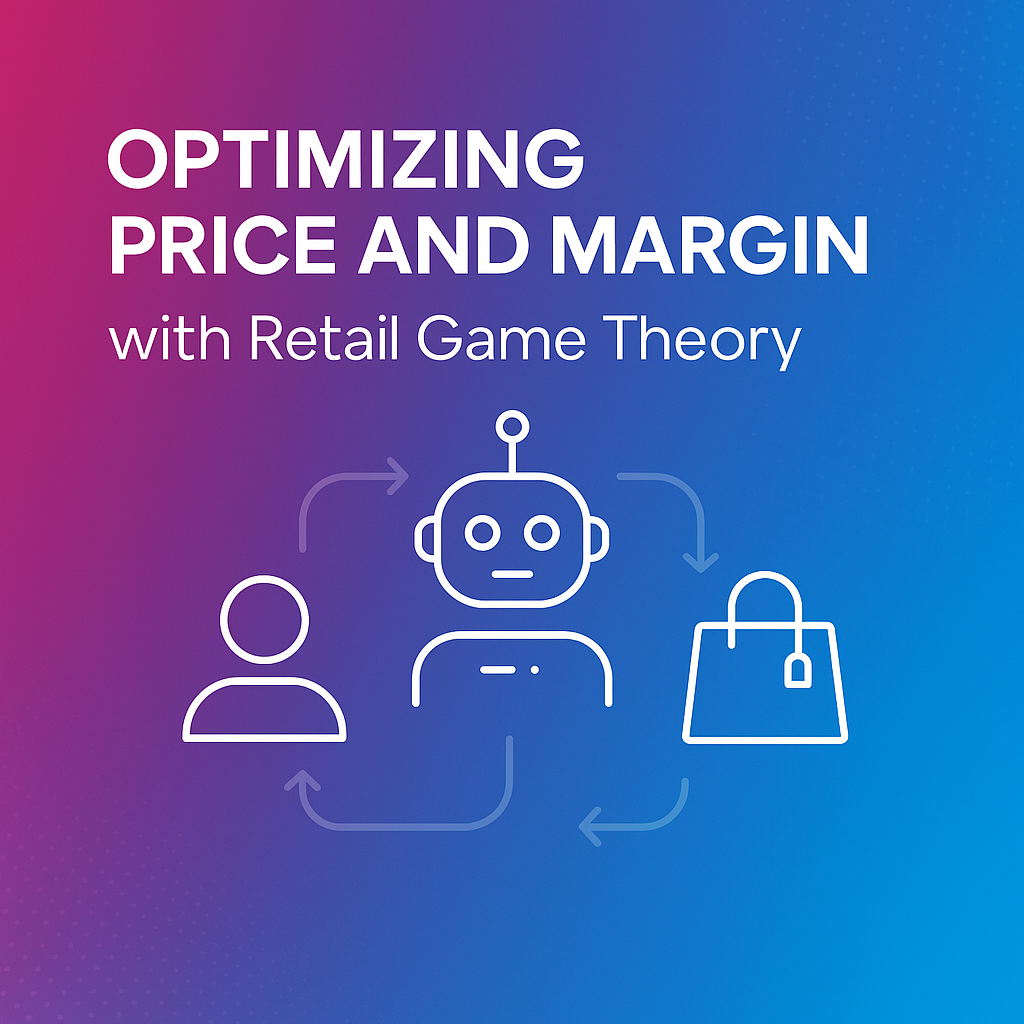Markdown Optimization In Fashion To Avoid End Of Season Sale (EOSS)

If you have read “The Goal“, by Eliyavu Goldratt, it starts off with this inquiry “What is the Goal of any Business?” and it is summed up as
“So this is the goal: To make money by increasing net profit, while simultaneously increasing return on investment, and simultaneously increasing cash flow.
With the Summer coming to end, merchandising teams are busy planning their liquidation of styles and create space for the new season merchandise. Business leaders are also checking what is the competitive landscape and making plans to get consumers’ eyeballs on their brands’ offers.
This edit looks at a macro view of who owns most of the profits in fashion globally and what makes them do that. This also will provide a framework for optimising the markdown during the End of Season Sale (EOSS).
Making money in the fashion business is getting more and more polarised. In a study by Mckinsey comprising of 500 fashion brands and retailers globally (300 of whom are public listed), the top 20% of the companies sit with 128% of the profits earned.

What is very interesting is just the top 20 companies earn 97% of total profits i.e just 4% of the companies sit with 97% of the profit pool. This share has been increasing over the years. The figure below tells the story.

Who are these super winners and what differentiates them from others? The winners are,

Also as per Mckinsey, the number of value-destroying companies have nearly doubled between 2010 and 2017. Some key patterns that come out of the winners are,
#1. Middle of the road does not work
It is the high-end brands and those focussed on value win while the middle of the road is getting crushed (data below from US retail explains this story)

#2. Brand Building & Operational Efficiency Counts
“The most resilient winners included luxury, sportswear, and fast-fashion players, reinforcing the point that brand investment and operational efficiency are key drivers of sustainable business models,” McKinsey quotes. Operational efficiency is a Zara hallmark, for example, while companies such as Nike and Kering, which owns fashion houses including Gucci and Balenciaga, have been remarkable brand builders.
While it is a study of large companies in general, this is a generic pattern visible across the fashion spectrum. With the profits of the industry going to only a few even when you are big, one of the key lessons is, scale alone is not the solution to profits. We can with a high degree of confidence say as a recipe for success. If you cannot be big, atleast be Nimble
Nimble does not just connote speed, it is also doing the right things with speed. Right here means to drive your products and organisation in a consumer-driven way. Now we will move on to providing some inputs on optimising your end of season sale, from the context of markdowns, which are the result of our forecast inaccuracies.
How to Optimise End of Season Sale Markdowns?
While I was conversing a year back with a top executive of a US Retailer, he mentioned “People do not spend as much time as making new products as much learning from what did and did not work from previous seasons”. That reflects the constant forward-looking view of the business and teams always catching up to next season.
Most of the fashion’s profits are eroded in these few weeks of EOSS. Liquidation of products happen due to the following key reasons,
1. Quality of product (trend & functional)
2. Quantity estimate variance with actual demand (forecast accuracy)
3. Pricing variance (competitiveness considering 1 and 2)
4. Distribution forecast variance
It is a good practice to spend sufficient time analysing every product getting into sale with this lens and capture learnings (this in itself is a big enough topic for another article). It is also the result of the processes used in research, finalisation of range, quantity forecast and distribution decisions pre and in-season.
Here are some considerations before you decide the markdowns,
1. Data Collection/Review: Review systematically all the unsold inventory.
2. Demand Prediction: The parameter to minimise is the stock left at the end of the sale period. This will start with a forecast. If you have not sold the items at discount during the full price period, it will be a pure estimate and a function of the full price rate of sales.
3. Price Optimisation: Revise the estimate every week as you get the actual sales flowing in and optimise the price.
You may split the pricing as groups of price points or categories considering the simplicity of implementation and not losing the granularity required to optimise the inventory/margin trade-off.
With thousands of styles, retail points of sale and multiple sales channels, this can be taxing if done manually. Moving the decision to intuition will result in over and underpricing which can impact inventory and profit adversely.
Advances in computing and technology are now enabling automation and optimisation of EOSS. The system in general consists of
1. Demand Prediction model: Predicts demand for various clearance prices considered. The parameters considered for this forecasting model include
a) Purchase quantity – an indicator of “fashion” component
b) Age of the article
c) Previous period demand
d) Broken assortment effect
e) Price discount etc..
2. Price Optimisation Model: This is required during every week of the clearance sale. Techniques like Dynamic programming and Reinforcement learning are used.
3. Compliance in Application: It is also important to measure compliance with the model recommendations at the points of sale and good to have a representation of compliance.
Model-based optimisations have been proven to provide anywhere between 6-10% (absolute) jump in sales and relative savings in markdowns. This is very significant considering the profit in the fashion business.
Hope the edit gave you a perspective of the distribution of profits in the fashion world and also how a brand or retailer can optimise EOSS objectives.
While optimising EOSS is a good practice, it is worth looking at preventing this problem at large by focussing on making the right products, right-forecasting quantities pre-season and making the right distributions.



